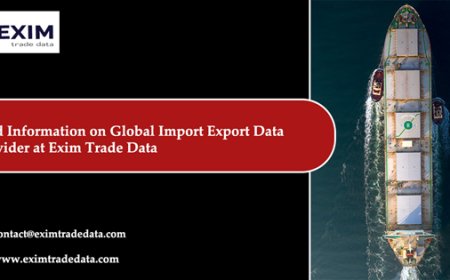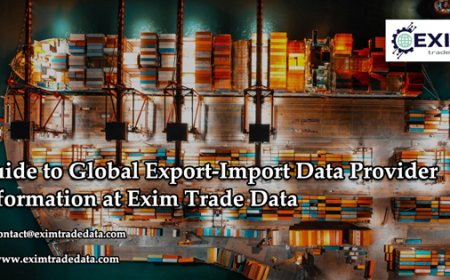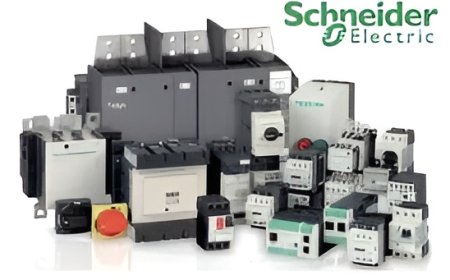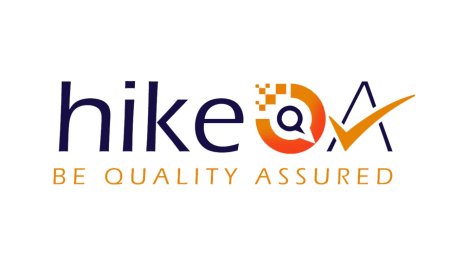Navigating Toward Net-Zero: Sustainable Aviation Fuel Industry Overview
The Sustainable Aviation Fuel (SAF) market is rapidly emerging as a critical solution to decarbonize the aviation industry.
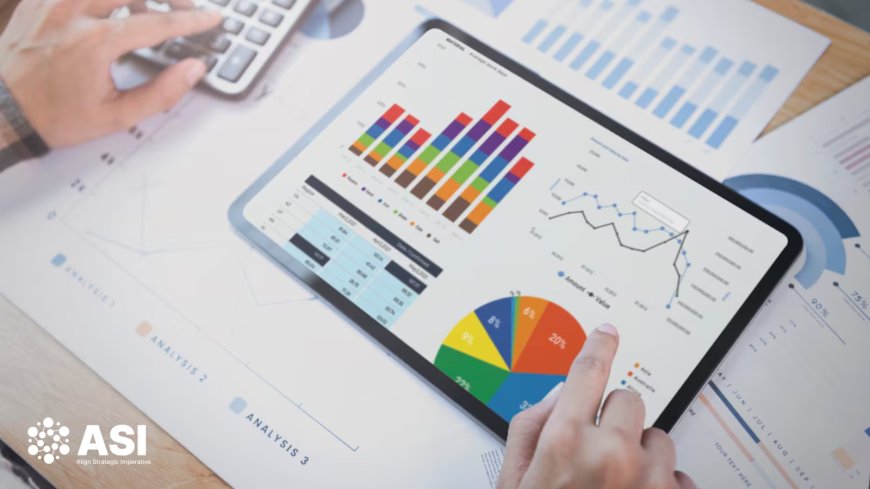
The aviation industry, a major contributor to global carbon emissions, is undergoing a transformative shift toward sustainability through the adoption of Sustainable Aviation Fuel (SAF). With governments, regulatory bodies, and airlines striving to meet net-zero carbon emission targets, SAF is increasingly recognized as a viable and scalable solution.
Market Overview
The global Sustainable Aviation Fuel market has experienced significant momentum in recent years. In 2024, the market size was estimated at approximately USD 1.4 billion and is projected to grow at a CAGR of over 60% during 20252032. This surge is fueled by environmental regulations, carbon offset goals, and increasing airline commitments to sustainability.
Drivers of Market Growth
Environmental Regulations: Stringent emissions norms by the International Civil Aviation Organization (ICAO) and the European Union are pushing airlines to adopt SAF.
Airline Commitments: Major carriers like Delta, United Airlines, and Lufthansa have pledged significant SAF adoption by 2030.
Government Incentives: Policies such as the U.S. Inflation Reduction Act and EU Renewable Energy Directive are accelerating SAF development and deployment.
Corporate ESG Goals: Enterprises are favoring SAF-powered flights to reduce their carbon footprint and align with green investment goals.
Types of Sustainable Aviation Fuels
SAFs are produced from renewable biomass and waste materials. The most common production pathways include:
HEFA (Hydroprocessed Esters and Fatty Acids): Most commercially available SAF today comes from HEFA using feedstocks like used cooking oil and animal fats.
Alcohol-to-Jet (ATJ): Converts alcohols (ethanol, butanol) into jet fuel.
Fischer-Tropsch (FT): Utilizes gasified biomass or municipal solid waste to produce synthetic paraffinic kerosene.
Power-to-Liquid (PtL): Produces SAF using captured CO? and renewable electricity, showing great promise for long-term scalability.
Key Players in the Market
Neste Corporation (Finland): A global leader in SAF production.
World Energy (USA): Among the first to commercialize SAF in North America.
Gevo Inc. and LanzaTech: Innovators in alcohol-to-jet and gas fermentation technologies.
Shell, TotalEnergies, and BP: Traditional oil giants entering the SAF sector through joint ventures and refinery conversions.
Regional Insights
North America: The U.S. leads SAF production due to policy support and strong airline demand.
Europe: Aggressive emission reduction targets and mandates are fueling SAF growth.
Asia-Pacific: Emerging markets like Japan, Singapore, and India are investing in SAF R&D and pilot projects.
Challenges in SAF Adoption
High Production Costs: SAF remains 25 times more expensive than conventional jet fuel.
Limited Feedstock Availability: Competing use for biofuels in other sectors may constrain supply.
Infrastructure Barriers: Refueling systems and certification processes require adaptation.
Future Outlook
The global SAF market is poised for rapid expansion. By 2030, SAF could account for 10% of global jet fuel demand, rising to over 65% by 2050 under aggressive climate scenarios. Strategic investments, global collaboration, and supportive policies will be vital in bridging the gap between supply and demand.
Strategic Developments
Airbus and Boeing are testing SAF compatibility in aircraft engines.
Airports like Heathrow and LAX are blending SAF into their fueling infrastructure.
Blending mandates are being introduced in several countries to ensure market demand.
Conclusion
Sustainable Aviation Fuel represents a crucial lever for decarbonizing the aviation industry. While the road to widespread adoption is challenging, the confluence of innovation, regulation, and global urgency is propelling the SAF market forward. As production scales and costs decline, SAF will become central to achieving a greener, more resilient future for global aviation.
See Detailed Insights On:-https://alignstrategicimperative.com/industry/sustainable-aviation-fuel-market/










